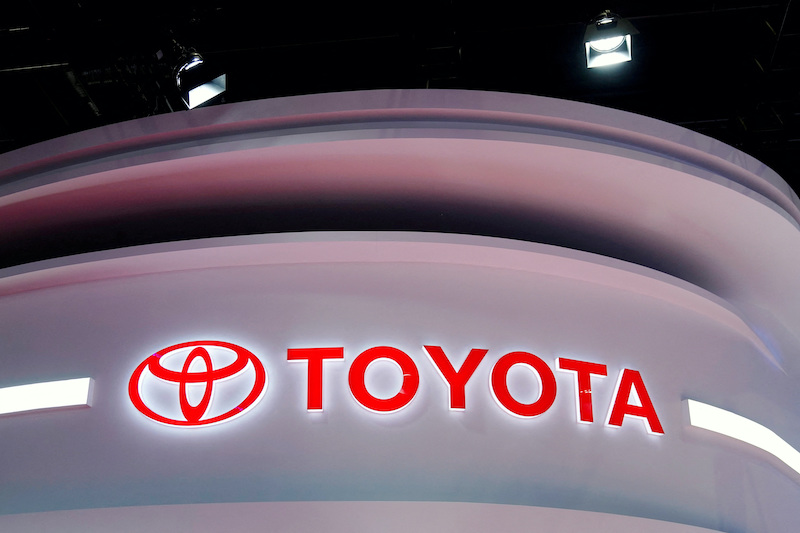Japan’s Toyota Motor Corp posted a worse than expected plunge in profit of 25% on Tuesday, as the carmaker battles a persistent shortage of semiconductors.
The car giant’s third-quarter operating profit fell to 562.7 billion yen ($3.79 billion), well below the average estimate of 772.2 billion yen from a poll of 12 analysts by Refinitiv.
“I don’t know when the chip shortage will be resolved,” Toyota’s purchasing group chief Kazunari Kumakura said. “We’re out of the worst phase, but … it’s not necessarily a situation where we’re fully supplied.”
It was Toyota’s fourth consecutive quarterly profit decline. The company has repeatedly cut production targets, although it has still fared better than most competitors in managing its supply chains.
Also on AF: China Property Woes Extended in October, CIFI Debts Suspended
Chipmakers have prioritised supplies for electronics goods such as smartphones and computers, Kumakura said, while natural disasters, Covid lockdowns and factory disruption had slowed a recovery in auto chip supplies.
He said the supply of older semiconductors, that attract little capital investment currently, would remain tight.
Analysts Not Impressed
Analysts were still underwhelmed by Toyota’s performance, saying other positive factors beyond the chip shortage should have provided a boost.
“The yen is weaker in the second quarter, the volume in the second quarter is much higher than in the first quarter, and the (Covid) lockdown in China did not affect (the volume in the second quarter),” Koji Endo, an analyst at SBI Securities, said.
“Considering these points … the absolute amount of profit in the second quarter has got to be higher than that of the first quarter. It is very unimpressive.”
The yen has plunged around 30% this year against the US dollar, but the benefit of the cheap yen – making sales overseas worth more – has been offset by soaring input costs.
Production Up
Toyota’s Production rebounded by 30% in the quarter, but the company warned last week that shortages of computer chips would continue to constrain output.
It said it now expects to produce 9.2 million vehicles this fiscal year, down from the previously forecast 9.7 million but still ahead of last financial year’s production of about 8.6 million units.
Toyota told several suppliers it was setting a global target for the current business year of 9.5 million vehicles and signalled that forecast could be lowered, depending on the supply of electromagnetic steel sheets.
Profit Remains Gloomy
The Japanese car giant retained its conservative profit outlook, sticking to its full-year operating forecast of 2.4 trillion yen for the fiscal year through March 31 – well below analysts’ average forecast of 3.0 trillion yen.
By comparison, South Korea’s Hyundai Motor raised its revenue and profit margin guidance last month to reflect a foreign exchange lift.
Toyota, once a darling of environmentalists for its hybrid gasoline-electric models, is also under scrutiny from green investors and activists over its slow push into fully electric vehicles (EV).
Just a year into its $38-billion EV plan, Toyota is already considering rebooting it to better compete in a market growing beyond its projections.
- Reuters, with additional editing from Alfie Habershon
Read more:
Toyota, BYD Team Up to Make New Electric Car in China
Toyota Set to Cut Production Target Over Chips Shortage
Evergrande Delivers Its First Electric Vehicle to Customers
























